When The Attack Is From Within, Security Breach At India’s Parliament Is A Wake-Up Call
In a nation where specific structures stand as impregnable fortresses, safeguarding the sanctity of democracy and symbolising the strength of its people, the Parliament building holds a paramount position. Regarded as one of the most secure places, the new Parliament building, inaugurated with heightened security, faced an unexpected challenge on a day of historical significance. The security breach that occurred on the 22nd anniversary of the 2001 Parliament attack exposed a critical flaw in a system once deemed impenetrable. As we move through the events leading up to this breach, we confront pressing questions about the preparedness of our security apparatus, the lapses that allowed such an intrusion, and the urgent need for accountability and reform. Khalistani terrorist Gurpatwant Singh Pannun, in a video, threatened to attack the Indian Parliament on or before December 13 after alleging that Indian agencies' plot to kill him had failed. The Delhi Police is on high alert after the video surfaced.
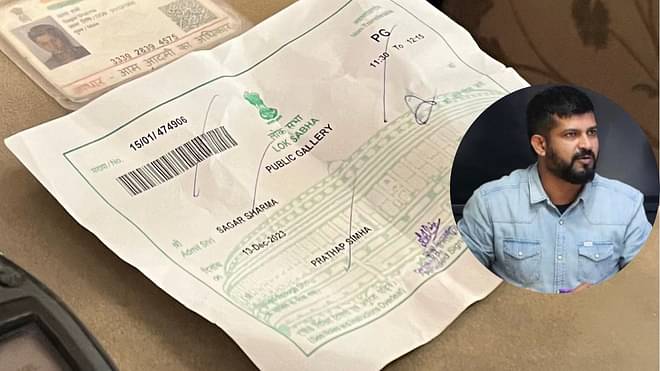
In a shocking incident that unfolded on the 22nd anniversary of a deadly attack on India’s Parliament, two unidentified men breached the security measures at the lower house.
The dramatic events, captured and broadcast live on Sansad TV, depicted one man leaping over tables and making a dash towards the speaker’s chair, while another in the visitor’s gallery released yellow smoke inside the building, prompting a temporary adjournment of the parliamentary session.
Om Birla, the speaker of the Parliament’s lower house, reported the swift response from lawmakers and subsequent arrests of all four individuals, along with the confiscation of their belongings.
However, the gravity of the breach raised concerns among opposition lawmakers, with Mallikarjun Kharge of the Congress party emphasising the seriousness of the situation and demanding answers from the Home Ministry.
As the incident unfolded, two more individuals were observed outside the parliament building chanting slogans, leading to their arrest by the police. The security lapse has prompted widespread criticism and calls for a thorough review of the security arrangements, particularly in the new Parliament building, from opposition figures like K.C. Venugopal.
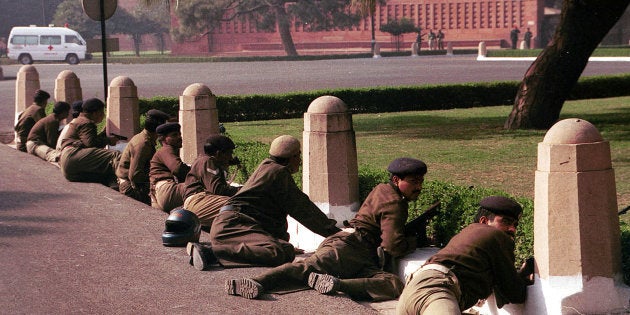
Ironically, Prime Minister Narendra Modi paid tribute to the people who lost their lives in that incident earlier Wednesday.
The historical context of the 2001 attack, which resulted in more than a dozen casualties and heightened tensions between India and Pakistan, adds significance to the recent security breach.
The Attackers
Soon, details emerged about the six individuals involved in the security breach, with police sources revealing their identities and roles in the coordinated disruption.
The individuals were found to have known each other for four years, planning and executing the breach together; the group’s familiarity with the new Parliament building and their premeditated reconnaissance have raised questions about the efficacy of existing security measures.
Additional details about the individuals, including Aadhaar cards and personal backgrounds, have been released by the police. While the motivations behind the breach remain unclear, there is no evidence suggesting radicalisation by any terror group at this time.
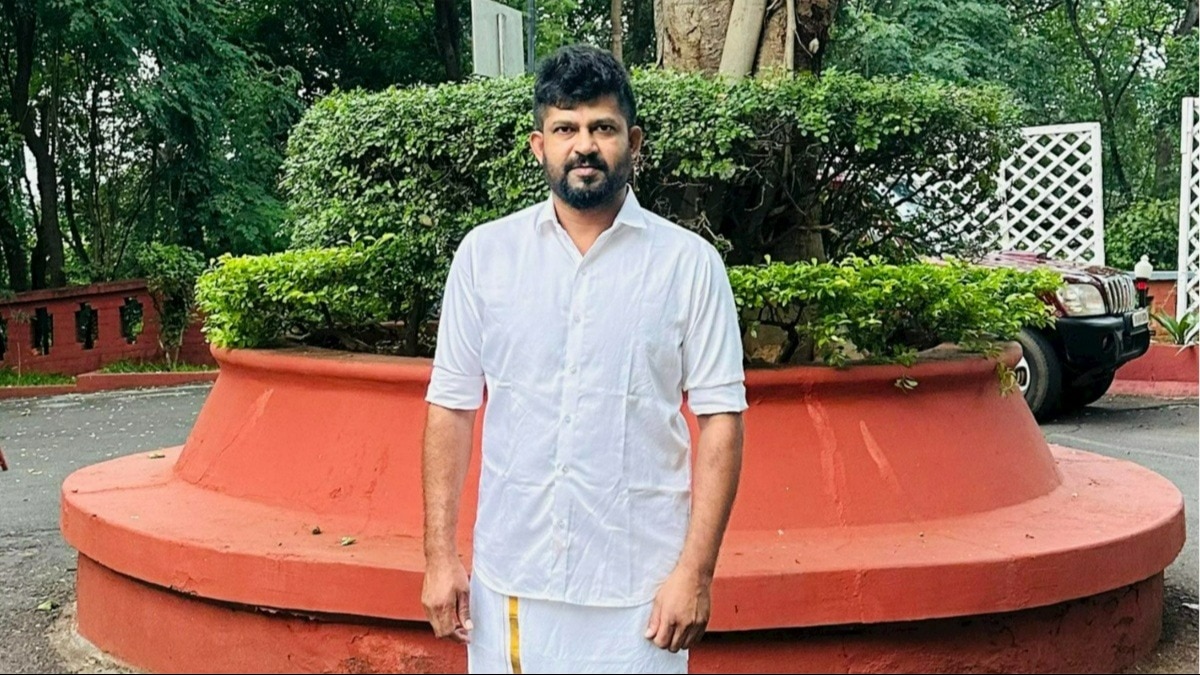
The Question Of The Passes
The breach also sheds light on the issuance of entrance passes, with BJP MP Pratap Sinha’s office providing passes to the two individuals who breached the security within the Lok Sabha.
The involvement of a ruling party lawmaker raises further questions, prompting an expected meeting between Pratap Sinha and Lok Sabha Speaker Om Birla.
Reactions from Members of Parliament express shock at the breach, highlighting the rigorous security measures in place and emphasising the need for signatures from the office of an MP for passes to the visitors’ gallery.
The scrutiny intensifies as the investigation unfolds, revealing connections between one of the infiltrators and the constituency of BJP MP Prathap Simha.
Who Is Prathap Sinha?
Prathap Simha, a former journalist known for his series of columns, faces scrutiny as the investigation progresses.
Prathap Simha is an MP from Mysore in Karnataka, and, according to the police, at least one of the men who jumped into the chamber is linked to his constituency.
Manoranjan D, 35, is a Bachelor of Engineering graduate from Mysore Vivekanand University in Bengaluru, and his father stays in Mysore’s Vijaynagar.
Sinha had won from the Mysore constituency with 43.46% of votes in 2014 and increased his vote share to 52.27% in the 2019 elections.
The 42-year-old former journalist also wrote a biography of Prime Minister Narendra Modi in 2007. He is the son of a farmer, and the MP had earlier said that he idolises PM Modi.
The Viewpoint
In India, where certain structures are revered as fortresses, symbolising the nation’s strength and security, the Parliament building is undoubtedly a crown jewel. Often considered among the most secure places globally, the new Parliament building, inaugurated earlier this year, was believed to surpass its predecessor in terms of security measures.
However, the recent breach on Wednesday has exposed a significant flaw in what was otherwise thought to be an extremely robust security system.
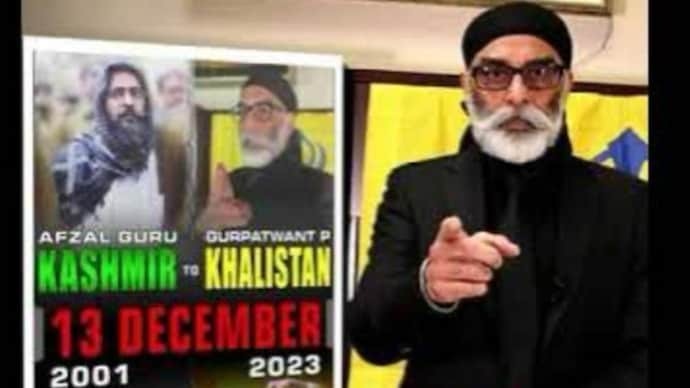
Earlier, Khalistani terrorist Gurpatwant Singh Pannun, in a video, threatened to attack the Indian Parliament on or before December 13 after alleging that Indian agencies’ plot to kill him had failed. The Delhi Police is on high alert after the video surfaced.
This incident, a blot on the face of our security establishment, unfolded just hours after the entire Parliament paid tributes to the martyrs of the 2001 Parliament attack – on a day when heightened security would have been expected, the breach raises serious questions about the efficacy of the security and intelligence services tasked with safeguarding such a critical institution.
The government swiftly established a high-level inquiry committee to investigate the lapse in response to the breach.
While such committees are commonplace and are expected to identify shortcomings and propose corrective measures, the pressing question is how this breach occurred in the first place.
Despite past incidents leading to inquiry commissions and clear mandates on security arrangements, a repetition of such a breach is a glaring failure that demands accountability.
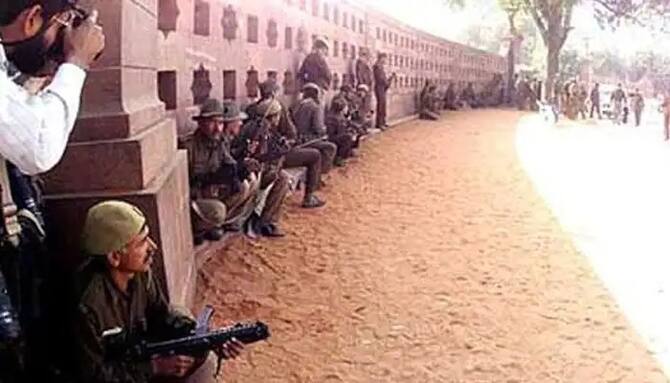
The potential consequences of this security lapse are sobering; had the intruders possessed dangerous materials, gases, or other harmful substances, the havoc that might have ensued is a chilling thought.
The breach, therefore, represents a collective failure of intelligence agencies, police, and security entities entrusted with the protection of our parliamentary democracy.
Preliminary information suggests that four individuals have been arrested, including Amol Shinde from Latur and Sagar Sharma, who reportedly had an entry pass signed by a Bharatiya Janata Party (BJP) Member of Parliament (MP) from Mysore.
The question that naturally arises is how these intruders managed to acquire an entry pass signed by an MP and how they concealed tear gas canisters in their shoes, nearly reaching the sanctum sanctorum of India’s democracy.
Traditionally, security breaches prompt authorities to reassess and fortify their defenses to prevent similar incidents. However, the bitter irony here lies in the fact that this breach occurred on the anniversary of the notorious Parliament attacks 22 years ago.
Thus, it raises not only concerns about the immediate preparedness of our security agencies but also poses a broader question about the lessons learned and the effectiveness of implemented measures over the years.
In the aftermath of this incident, heads must roll, and a comprehensive overhaul of the security structure is imperative.
The failure to prevent this breach not only compromises the sanctity of our democracy but also stresses the urgency for a thorough reevaluation of our security protocols, ensuring that such lapses are never repeated.
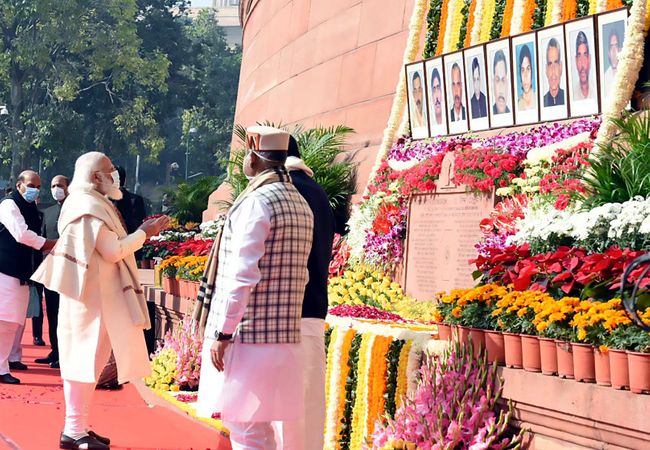
The Last Bit, The breach at India’s Parliament, a bastion of democracy, is an example that even the most fortified institutions are susceptible to unforeseen challenges.
The incident, occurring on the anniversary of a prior attack, emphasises the urgency for a thorough reevaluation of our security protocols; as the government initiates a high-level inquiry, the pressing need for accountability becomes evident, especially since it involves another government official.
This breach demands not only the identification of immediate shortcomings but also a comprehensive overhaul of the security structure to prevent the recurrence of such incidents.
The collective failure of intelligence agencies and security entities highlights a critical juncture where lessons must be learned, and corrective measures must be implemented swiftly.
Preserving the sanctity of our democracy requires not only addressing the immediate concerns but also fortifying our defences against future threats, ensuring that our fortresses remain impervious to any attempts at compromise.




